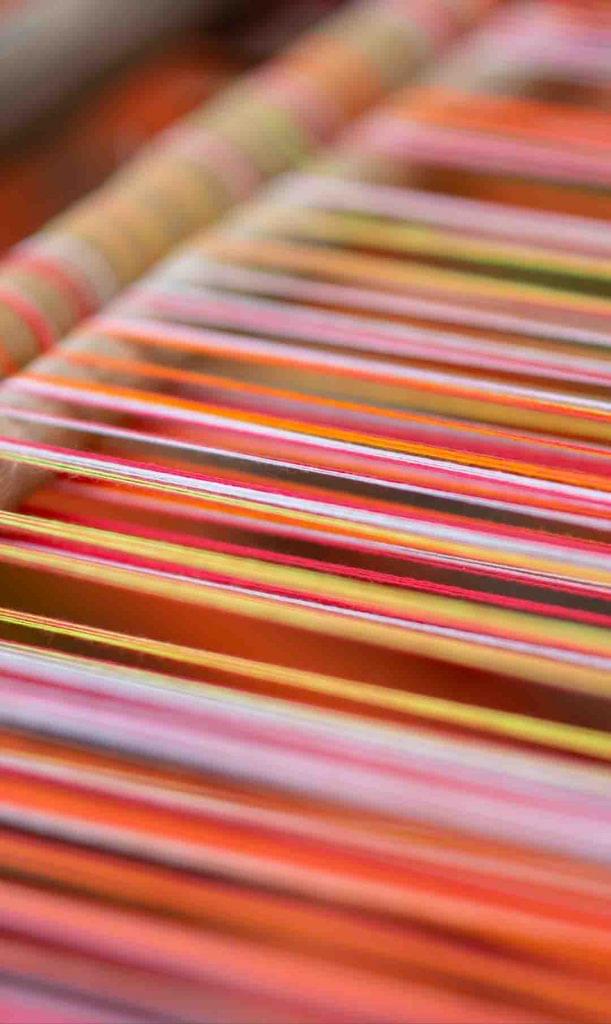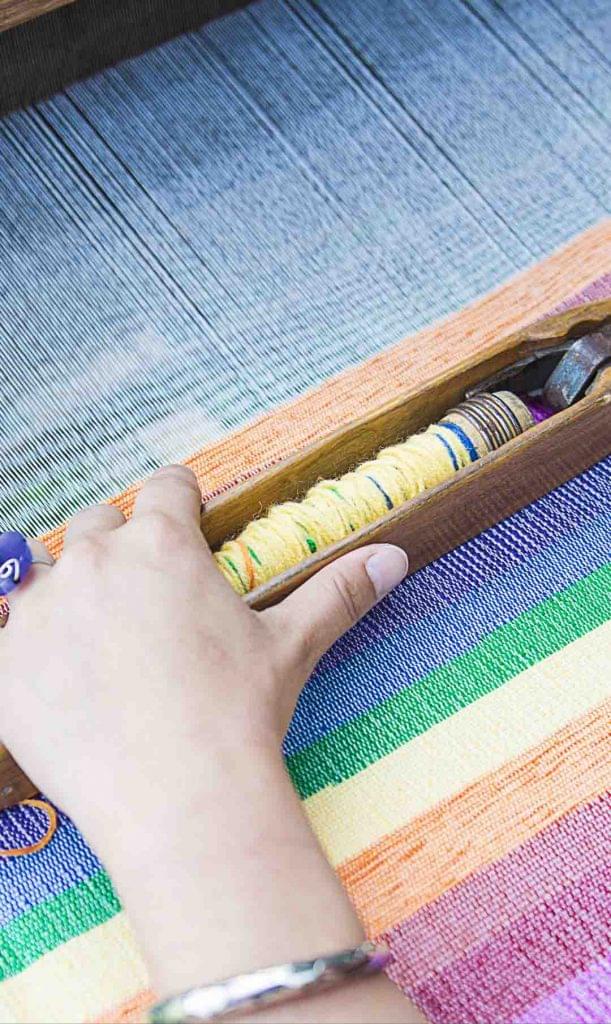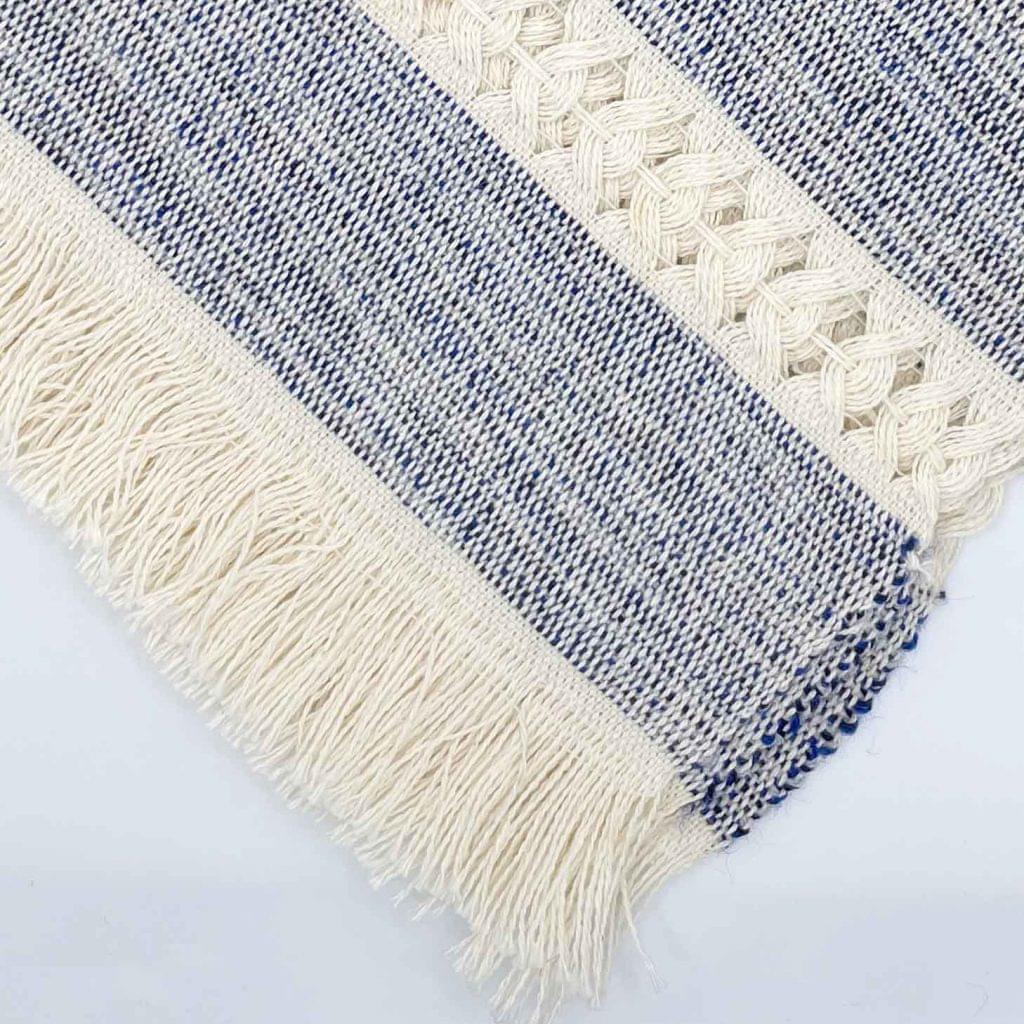
In recent years, artisanal crafts from around the world have gained widespread recognition and appreciation, particularly for their deep-rooted traditions, intricate techniques, and the cultural stories they tell. One such tradition, the Mexican weaving loom technique, is not only a beautiful art form but also a window into the history, identity, and soul of its people.
Discover the ancient art of Mexican weaving, offering insight into its techniques, cultural significance, and the profound connection between the artisan and the textile.


The History of Weaving in Mexico
Weaving has been an essential part of Mexican culture for centuries, with its roots tracing back to pre-Columbian times. Long before the arrival of the Spanish in the 16th century, indigenous peoples such as the Aztecs, Zapotecs, and Mayans mastered weaving techniques using natural fibers like cotton and agave. These early civilizations created intricate textiles that served various purposes, from clothing and blankets to ceremonial and religious objects. Each piece was a visual narrative that reflected the region’s beliefs, social hierarchy, and natural surroundings.
After the Spanish colonization, the weaving tradition continued to thrive, enriched by the introduction of new materials like wool and the backstrap loom, which enabled weavers to produce more intricate designs. Despite the influence of colonization, indigenous communities preserved their distinct weaving techniques, incorporating both pre-Columbian and post-Colonial elements into their work.

The Techniques: Artistry and Precision
Mexican weaving techniques vary depending on the region, but two main types of looms are predominantly used today: the backstrap loom (telar de cintura) and the pedal loom (telar de pedal).
Mexican textiles are far more than beautiful fabrics; they are the woven stories of communities, traditions, and histories. Each design and symbol carries a specific meaning, often linked to the weaver’s environment, beliefs, and ancestry.
Mexican woven textiles are more than just functional items; they are works of art, embodying the weaver’s skill, creativity, and heritage. The process of creating these textiles is labor-intensive and requires years of mastery, particularly when using the traditional backstrap loom. Each piece is a testament to the patience, precision, and love that the weaver pours into their craft.
Owning a handwoven textile from Mexico is akin to holding a piece of history in your hands, an object that has been created through a deep connection between the artisan, their community, and their environment.
Leave a Reply